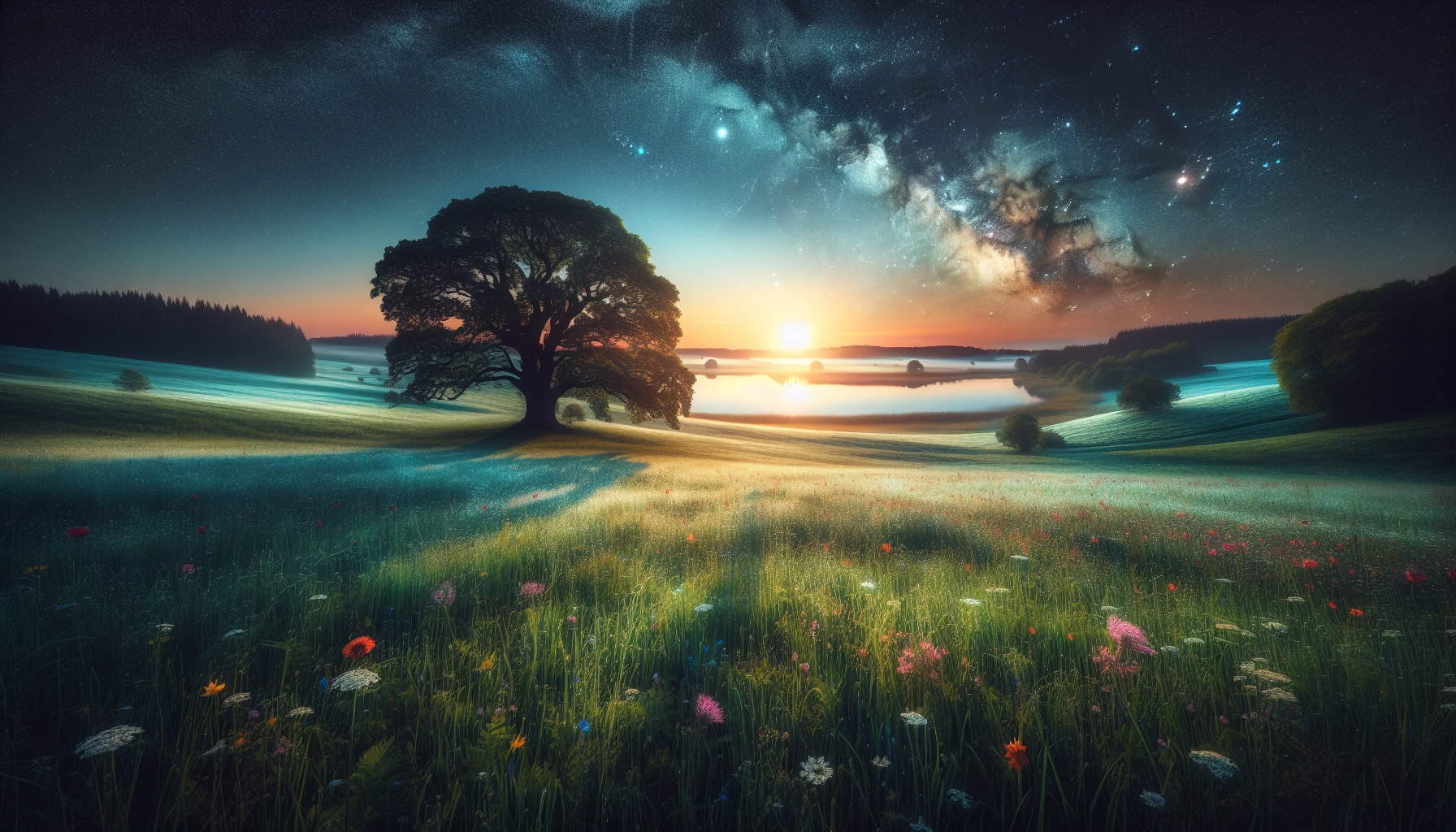
 In the bustling tapestry of urban life, local street performers play an indispensable role, weaving a rich layer of color into the monochrome of city routines. These talented artists transform ordinary streets into vibrant stages, offering pedestrians an impromptu escape from their daily grind. Whether it’s a soulful saxophonist serenading commuters in a subway station or a mime capturing the imaginations of curious children, street performers have a unique ability to foster community and human connection amid the hustle and bustle.
In the bustling tapestry of urban life, local street performers play an indispensable role, weaving a rich layer of color into the monochrome of city routines. These talented artists transform ordinary streets into vibrant stages, offering pedestrians an impromptu escape from their daily grind. Whether it’s a soulful saxophonist serenading commuters in a subway station or a mime capturing the imaginations of curious children, street performers have a unique ability to foster community and human connection amid the hustle and bustle.
Street performers are not just entertainers; they are vital contributors to the urban culture that defines a city. By sharing their art in public spaces, they break down the barriers between artist and audience, drawing diverse crowds and encouraging spontaneous interactions among strangers. This shared experience creates a sense of unity, turning everyday urban life into a communal celebration of creativity. As cities grow more diverse and globalized, local street performers serve as crucial cultural ambassadors, offering glimpses into the artistic traditions and contemporary expressions that shape their communities.
Moreover, street art brings economic benefits to urban areas as it attracts both locals and tourists alike. Crowds gather, vendors flock, and nearby businesses thrive as a result of the foot traffic generated by a captivating performance. In essence, these performers breathe life into neglected spaces, contributing to urban revitalization and enhancing the cultural and economic vitality of neighborhoods.
At the heart of urban culture, street performers remind us of the power of art to connect, inspire, and transform. As we rush through our daily routines, let their melodies and movements be a reminder to pause, appreciate, and perhaps even drop a coin into an upturned hat. After all, who wouldn’t want to support the vibrant beat of the city?
Historical context of urban performance
Street performance, often known as “busking,” has deep historical roots that trace back to ancient civilizations. In Indian culture, this tradition is intertwined with the rich tapestry of its urban history, capturing the essence of local street performers in shaping public spaces. In cities like Varanasi and Jaipur, street art forms such as mimicry, acrobatics, and impromptu theatrical sketches were common forms of entertainment as far back as the Vedic times. These performances were not just mere spectacles; they were potent forms of storytelling, imparting social and moral lessons to the masses who gathered around street corners and bustling market squares.
During medieval times, street performers in Indian cities played a crucial role in disseminating news and sharing public announcements. In the absence of modern communication tools, these performers were the vibrant pulse of urban culture, ensuring that important messages reached a wide audience. Historically, these artists acted as both educators and entertainers, with their performances deeply embedded in the social and cultural fabric of urban life. Traditionally dressed in striking costumes, narrators recited epics like the Ramayana and Mahabharata to enthralled audiences, blending art with spirituality and tradition.
The presence and evolution of street performance in Indian urban spaces have also been influenced by various cultural exchanges. With the arrival of Persian and Mughal influences, the repertoire of street performers expanded to include elements of these rich cultural heritages, thereby contributing further to the diverse urban culture. From fire-eaters and jugglers to puppeteers and classical musicians, street performances became a dynamic confluence of tradition and innovation, mesmerizing onlookers with their artistry and skill.
As we appreciate the historical context of street art, it’s fascinating to note how these performances have shaped and been shaped by the cultural, economic, and political forces over centuries. Today, while some street art traditions remain unchanged, others have adapted to the rhythms of contemporary urban life, carrying forward the legacy of the past into the vibrant present. Who knew that while strolling through city streets, we are unknowingly treading upon the echoes of an ancient, living heritage?
Cultural impact and community interaction
Street performers exemplify a rich symbiosis between cultural vibrancy and community interaction within urban environments. These local street performers, through their art, do more than entertain; they serve as cultural bridges connecting diverse individuals in the shared experience of urban culture. Imagine wandering through Delhi’s bustling streets, where a flute player’s melodious tune harmonizes with the surrounding cacophony, momentarily drawing a scattered crowd into a unified, enchanted audience. Such interactions underscore the profound impact performers have in knitting together the social fabric.
Street art fosters a unique environment of inclusivity and spontaneity, allowing performers to break down barriers and engage directly with various demographics. This dynamic engagement creates informal communal spaces that invite dialogue, spark creativity, and nurture understanding. In a multicultural city like Mumbai, a traditional Kathak dancer performing outside a busy metro station might draw spectators from myriad backgrounds, each audience member carrying away a different personal impression or newfound appreciation for Indian performing arts. This facilitation of cross-cultural exchange is invaluable, especially in today’s more segmented society, offering a shared cultural vocabulary that transcends linguistic and socioeconomic divisions.
Moreover, street performers contribute to the liveliness of urban life by encouraging people to take a pause from their daily rush and experience moments of connection and reflection. Their presence often turns an ordinary day into an unexpected cultural celebration. This engagement not only enhances city life but helps fortify community identity. In Kolkata, the sight of an impromptu poetry recital on a busy street corner seamlessly blends contemporary expression with deep-rooted traditions, reflecting and reinforcing the city’s literary legacy.
As we navigate our concrete surroundings, these performers remind us of the importance of community and cultural vibrancy. By lending our ears and hearts to their craft, we not only support the creators but also reinforce the cultural pulse that keeps our urban centers thriving. So next time you spot a street performance, let the rhythm and spectacle interrupt your routine—maybe even enough to inspire a little impromptu dance in the sidewalks. Who knew a stroll through the city could double as a ticket to the soul of urban culture?
Challenges faced by street performers
In a world where urban culture thrives on creativity and spontaneity, local street performers are the unsung heroes of the streets, yet they face an array of challenges that often go unnoticed. From securing prime performance locations to navigating legal restrictions, street performers encounter numerous hurdles as they share their art with the city.
One of the primary challenges street performers face is the struggle for space. Prime locations, where foot traffic is abundant and the chance to attract a crowd is high, are fiercely competitive. Performers must often arrive early to claim these coveted spots, and, in some cases, rotate with other artists to ensure everyone gets a chance to perform. This constant struggle for space not only demands time and energy but also creativity and strategic planning. In cities where regulations govern public spaces, navigating the legal landscape becomes another daunting task for performers. They must obtain permits, understand noise ordinances, and comply with local government policies that can be stringent and limiting.
Financial instability is another significant challenge for street performers. Unlike artists with stable venues and schedules, street performers rely heavily on audience donations and unpredictable weather conditions, which dictate their performance opportunities. Their incomes can be highly variable, making it difficult to sustain a living solely from street performances. In addition to the financial volatility, performers often lack the formal support and recognition that more traditional art forms receive. This lack of institutional backing can impede their growth and access to resources that could enhance their visibility and sustainability.
Moreover, despite the vital role they play in urban culture, street performers sometimes face misunderstanding or prejudice from the public. Some view street performance as a lesser art form, unaware of the dedication and talent required to engage and entertain diverse audiences spontaneously. These misconceptions can limit public support and appreciation, posing an emotional challenge for performers committed to sharing their art.
Despite these challenges, many street performers continue to persevere out of sheer passion for their craft and dedication to enriching the urban cultural landscape. Their resilience not only amplifies their artistry but also highlights the value of art as a unifying force in cities. Through the ups and downs, these performers remind us of the tenacity required to color the world with art, one street corner at a time.
Future of street performance in cities
The future of local street performers and street art in urban culture is as dynamic as it is unpredictable. As cities evolve, so too do the spaces where art can flourish. Urban planners and city officials are increasingly recognizing the value that street performers bring to public spaces—not just in terms of entertainment, but as engines of economic and social vitality. For street performers, the challenge is to adapt their timeless art forms to these new opportunities while still enchanting audiences and drawing communities closer together.
Innovations in technology are already having a profound impact on how street performers operate. With the rise of social media and digital payment platforms, performers can reach larger audiences and receive instant support from fans both local and global. A busker playing a haunting melody on a street corner in Mumbai can now go viral, garnering international attention. This global reach is influencing trends in street performance, with artists incorporating multimedia elements into their acts, such as projections or digital instruments, to appeal to tech-savvy audiences.
There is also an increasing push for collaboration between street performers and municipal governments to create official spaces for performances. By designating specific areas as busking zones, cities can ensure that street art remains a vital part of urban culture. These zones not only provide performers with a more stable and recognized platform but also promise audiences a regular array of engaging urban art experiences. In turn, local businesses can thrive from the boost in foot traffic, and cities can market themselves as vibrant, culturally rich destinations.
Despite these exciting developments, certain tensions remain. Addressing the balance between freedom of expression and regulation is crucial as cities evolve their policies around public performances. Ensuring that diverse voices can be heard without being stifled by excessive rules will determine how street art continues to influence urban life. Ultimately, the future of street performance in cities will depend on the ingenuity and resilience of performers who continue to defy conventional boundaries, challenging and delighting all who come across their art.
The enduring appeal of street performers lies in their inherent unpredictability and spontaneity. Their performances remind us that even amidst the concrete and chaos of urban life, there is always room for a little magic. As we look ahead, let’s embrace the surprises they bring and perhaps become part of the performance ourselves. After all, the city’s heartbeat is strongest where the art lives, thrives, and dances freely in its streets.

